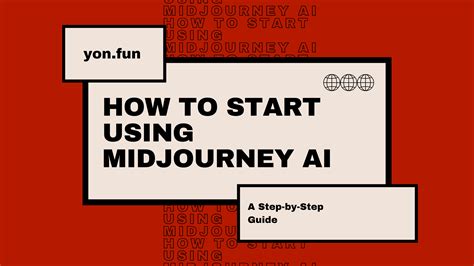How To Write SEO-Friendly Blog Posts That Rank
Writing blog posts that rank highly on Google isn't about luck; it's a skill honed through understanding and implementing SEO best practices. This guide will equip you with the knowledge to craft compelling, search-engine-optimized content that attracts readers and establishes a strong online presence.
Keyword Research: The Foundation of SEO Success
Before you even begin writing, thorough keyword research is paramount. Identify relevant keywords and long-tail keywords (longer, more specific phrases) that your target audience is likely to search for. Tools like Google Keyword Planner, Ahrefs, SEMrush, and even free options like Ubersuggest can help you uncover valuable keywords with decent search volume and low competition.
Pro Tip: Don't just focus on high-volume keywords. Long-tail keywords often have less competition, making it easier to rank for them.
Crafting Compelling Headlines & Titles
Your headline is the first (and often only) impression you make on a potential reader. It needs to be both informative and enticing, incorporating your primary keyword naturally. Think about using numbers ("5 Tips to…"), power words ("Ultimate Guide to…"), and questions ("How To…").
Example: Instead of "SEO," try "How To Write SEO-Friendly Blog Posts That Rank"
Optimizing Your Content for Search Engines
-
Keyword Integration: Naturally incorporate your keywords throughout your content: in the title, headings, subheadings, meta description, image alt text, and body text. Avoid keyword stuffing; focus on providing value to the reader.
-
Structured Data Markup (Schema): Use schema markup to help search engines understand the context of your content. This can improve your click-through rate in search results.
-
Internal & External Linking: Link to other relevant articles on your website (internal linking) to improve site navigation and distribute link equity. Include relevant external links to authoritative sources to build credibility.
Creating Engaging & Readable Content
-
Use Headings and Subheadings (H2, H3, etc.): Break up large chunks of text into digestible sections using headings and subheadings. This improves readability and helps search engines understand the structure of your content.
-
Write in Short, Concise Sentences: Avoid overly long and complex sentences. Keep your writing clear, concise, and easy to understand.
-
Use Bullet Points and Lists: Make information easier to scan and digest by using bullet points and numbered lists.
-
Include Visuals: Images, videos, and infographics can break up text and make your content more engaging. Remember to optimize images with descriptive alt text that includes relevant keywords.
Promoting Your Blog Post: Off-Page SEO
On-page SEO is crucial, but off-page SEO is equally important. Promote your blog post through:
- Social Media Sharing: Share your blog post on relevant social media platforms.
- Email Marketing: Promote your blog post to your email subscribers.
- Guest Blogging: Write guest posts for other blogs in your niche to build backlinks to your website.
- Forum Participation: Engage in relevant online forums and communities, subtly mentioning your blog post where appropriate.
Analyzing and Improving Your Results
-
Google Analytics & Search Console: Use Google Analytics to track your website traffic and identify which blog posts are performing well. Use Google Search Console to monitor your website's performance in search results.
-
Keyword Ranking Tracking: Regularly track the ranking of your keywords to monitor your progress and identify areas for improvement.
By following these steps and consistently creating high-quality, engaging content, you can significantly improve your chances of ranking higher in search results and attracting more readers to your blog. Remember, SEO is an ongoing process. Continuously analyze your results, adapt your strategy, and keep creating valuable content to maintain your online presence.
